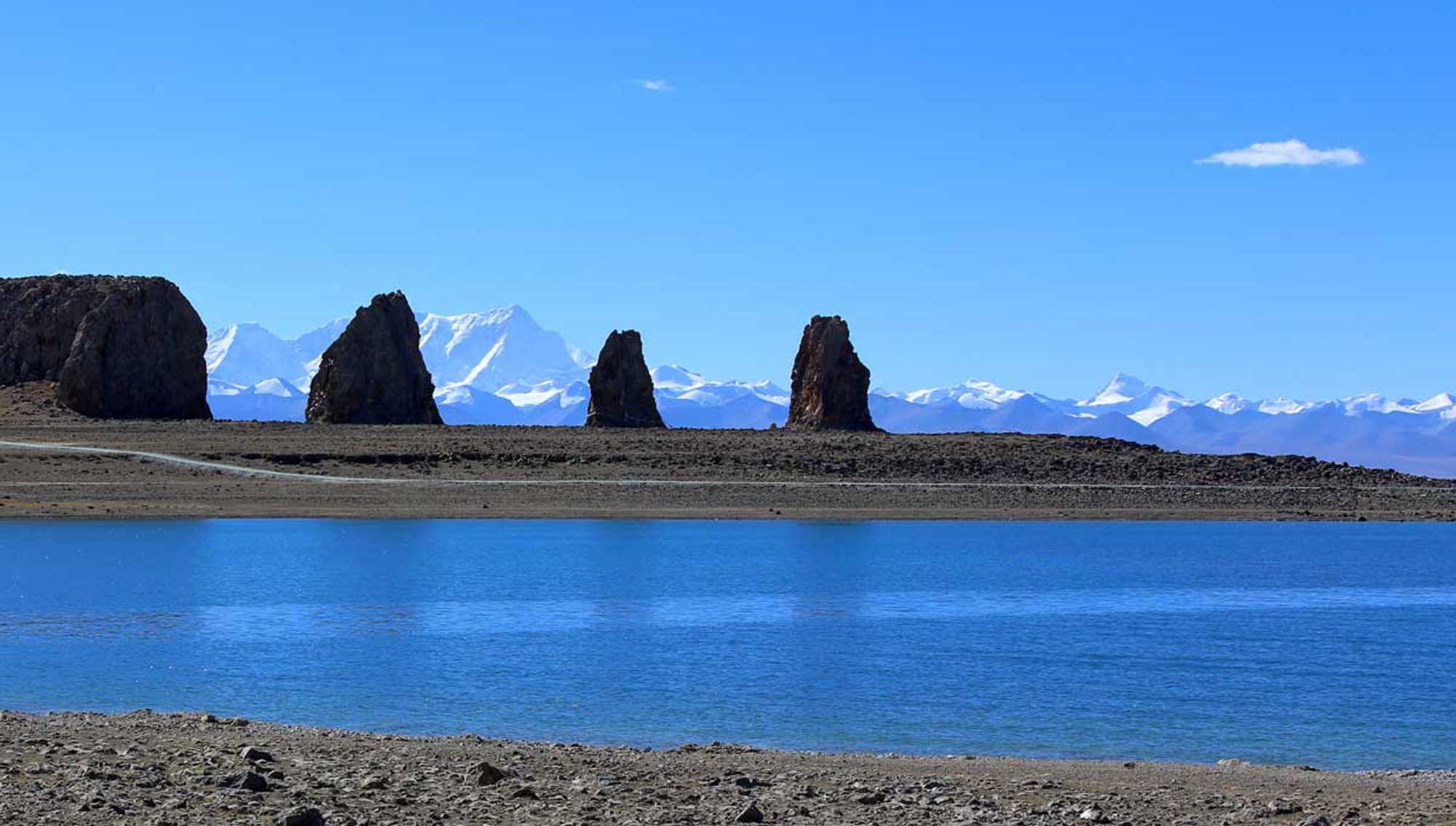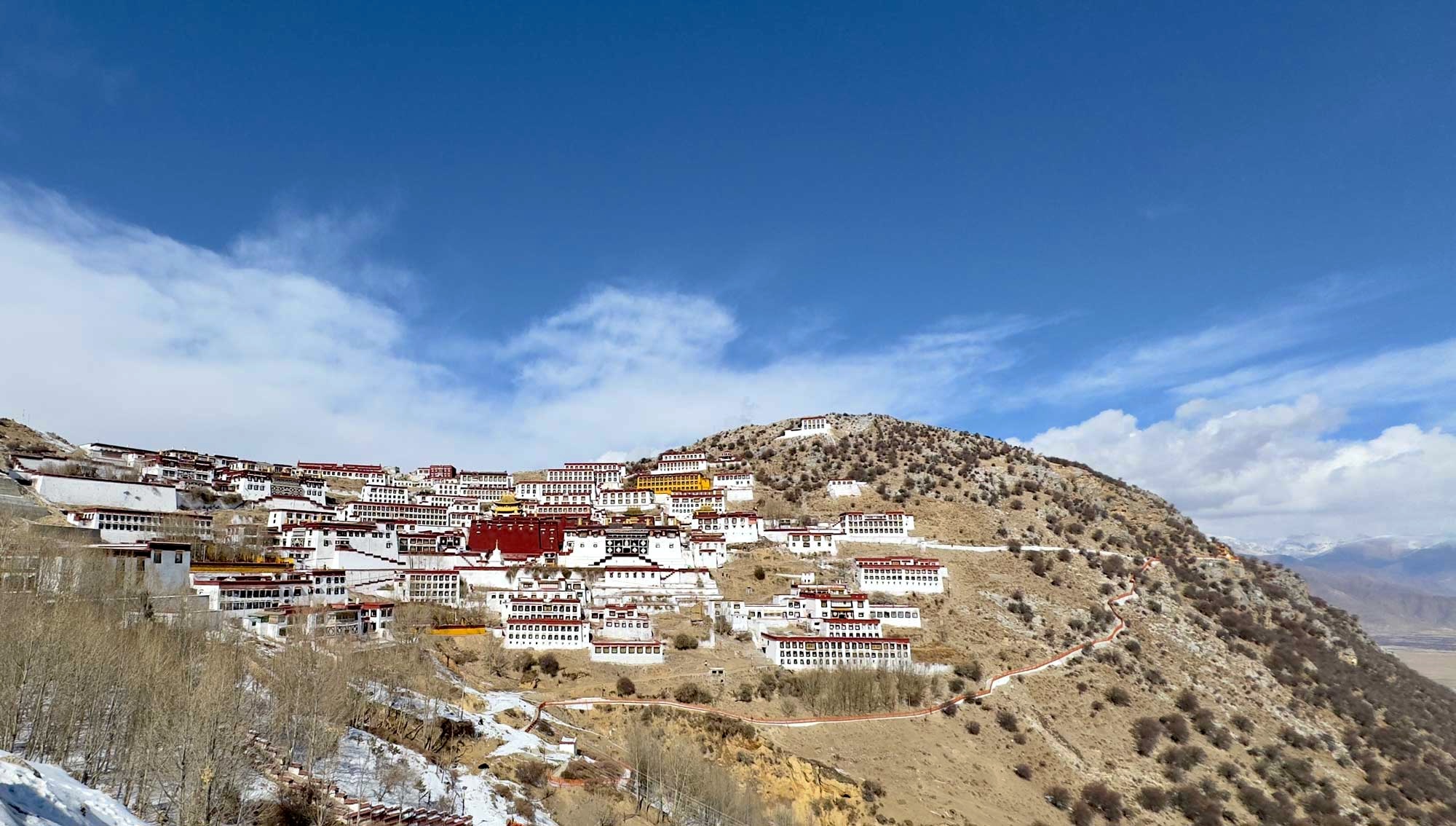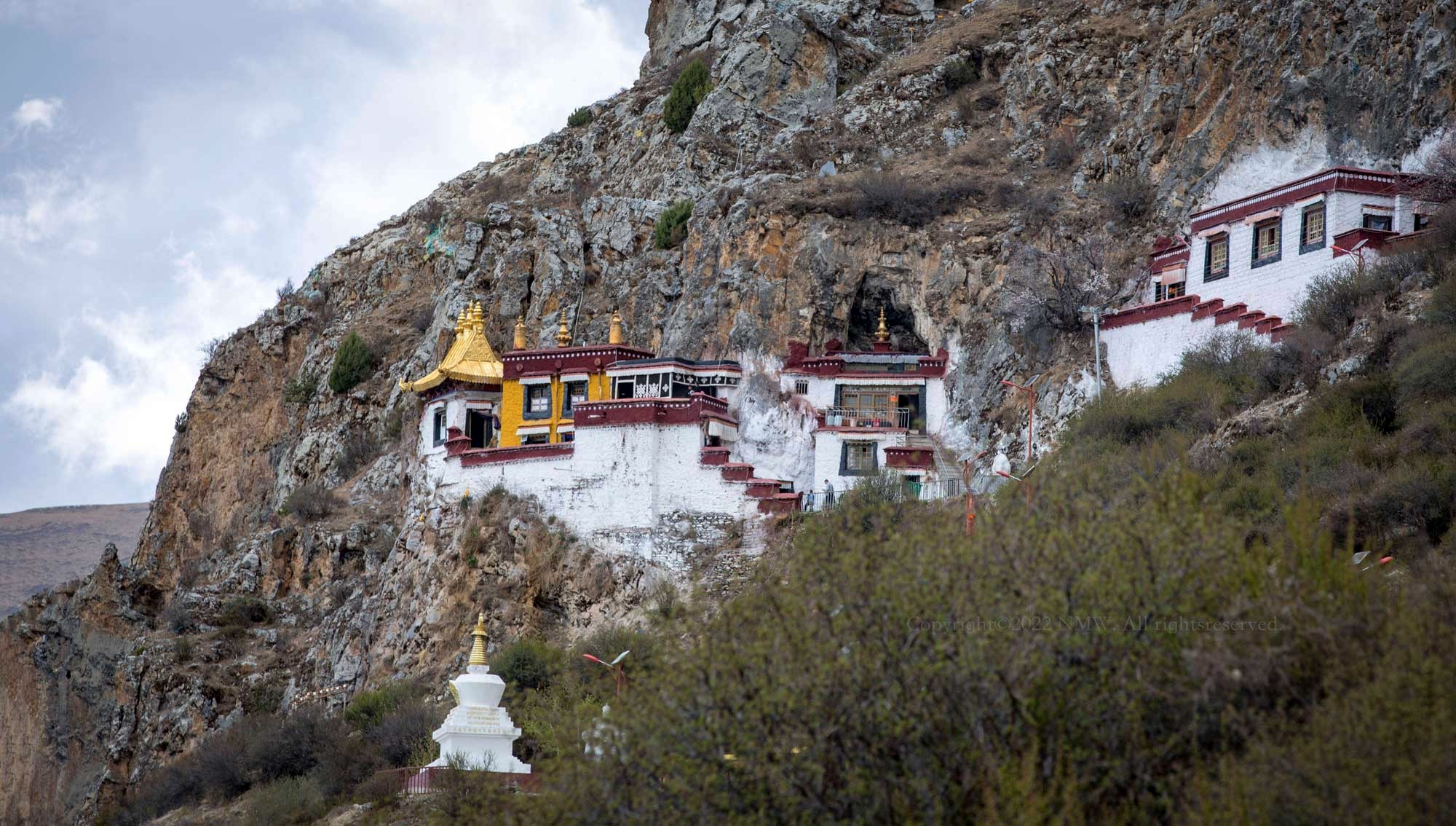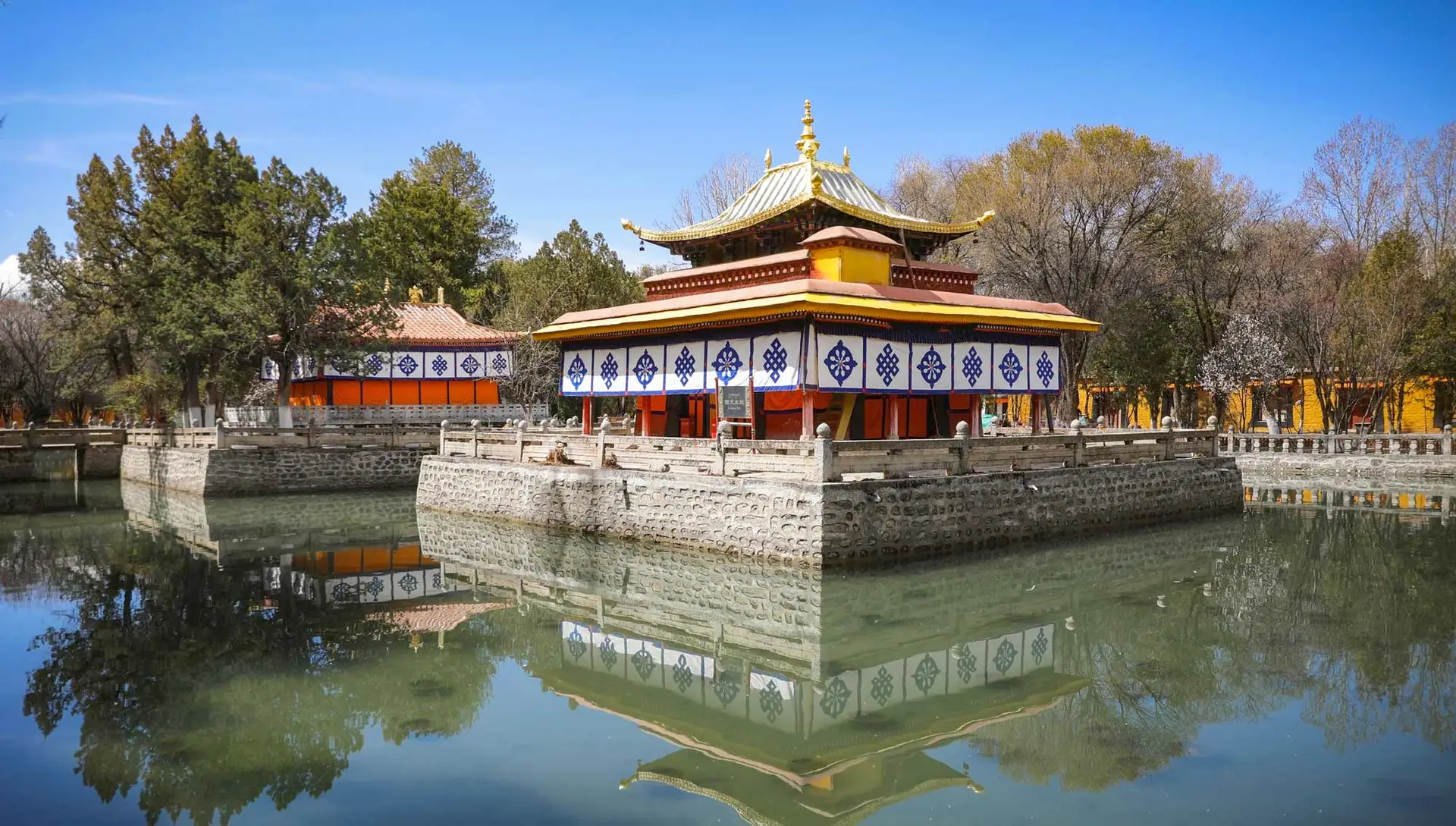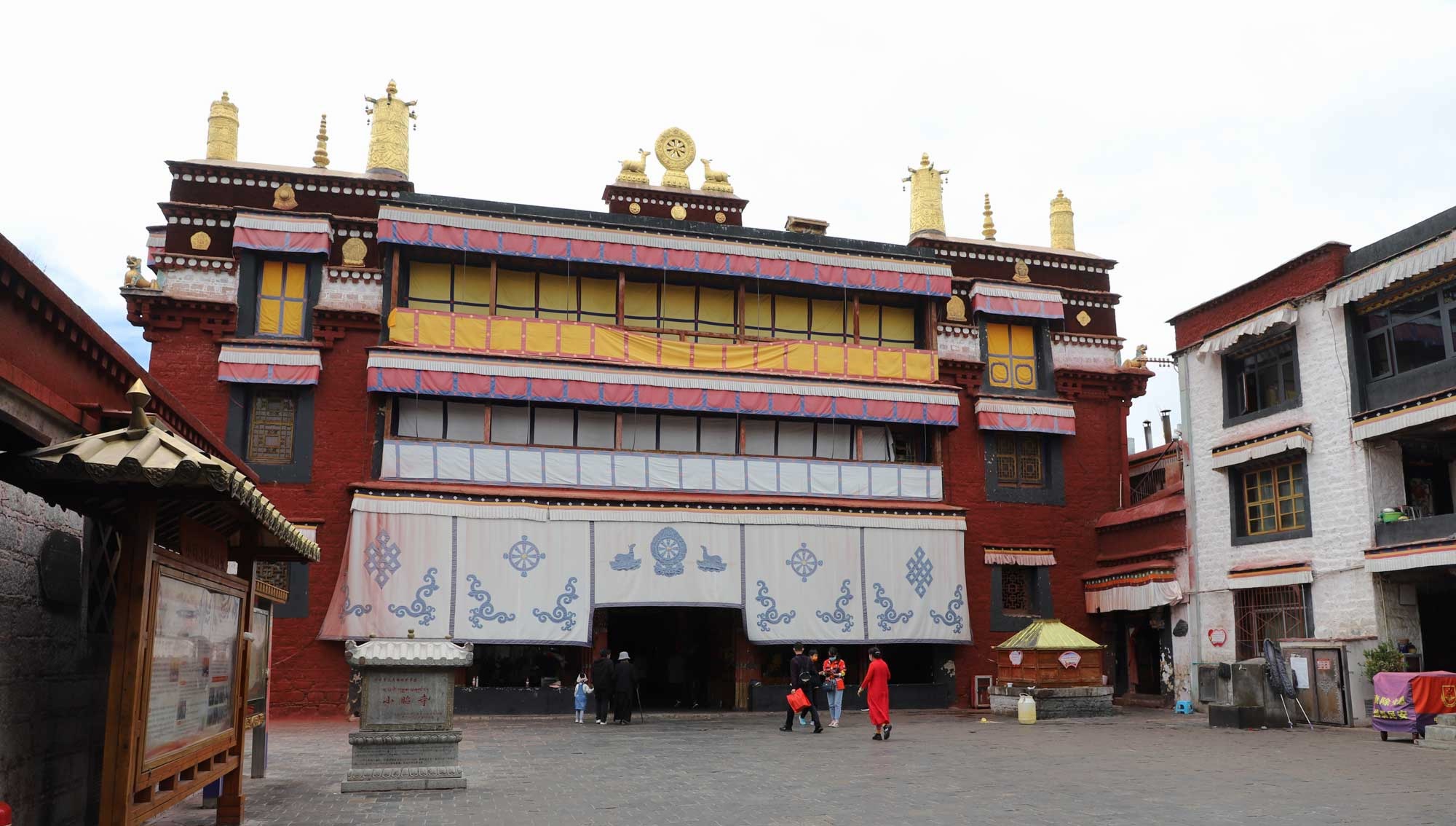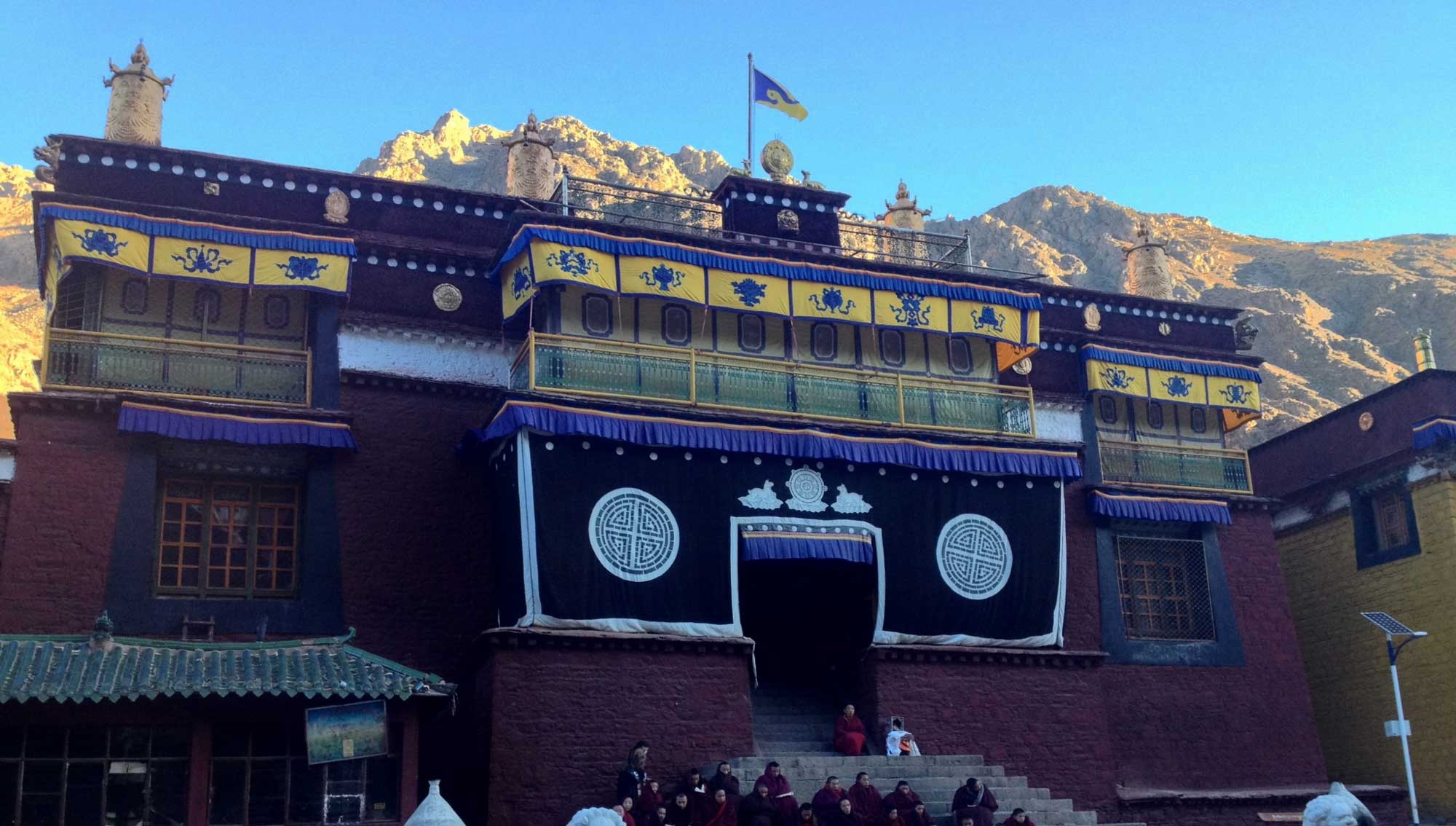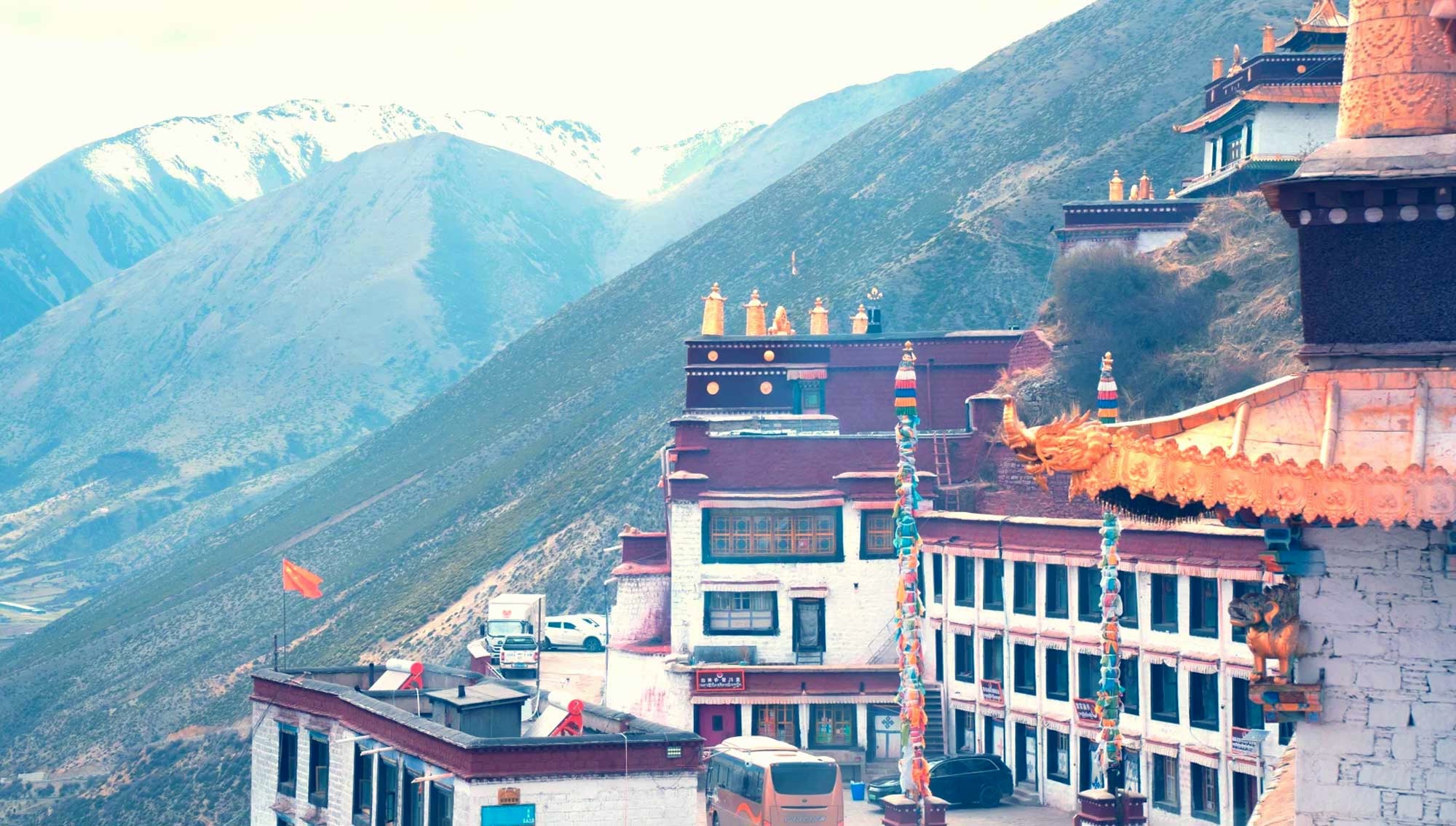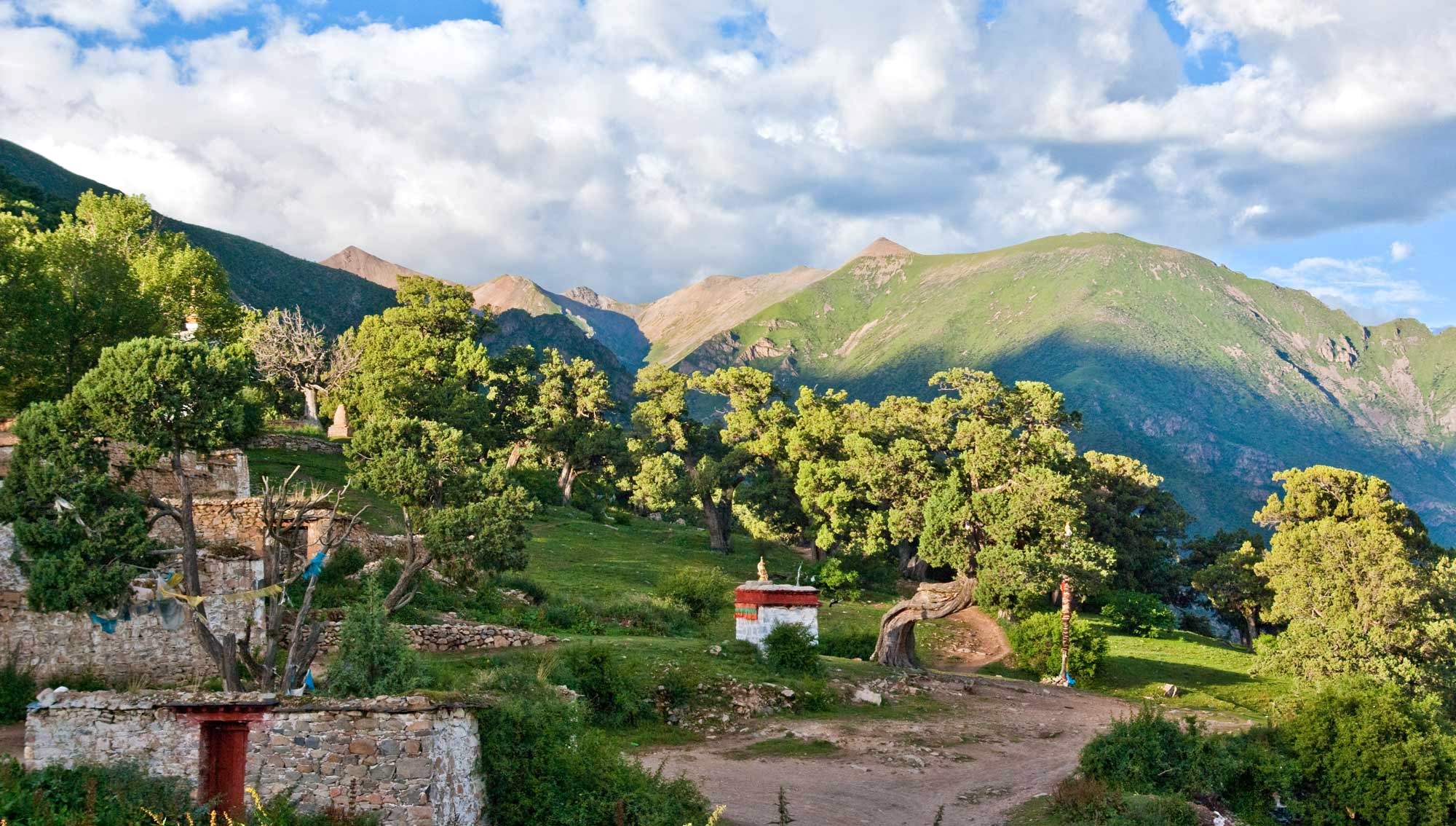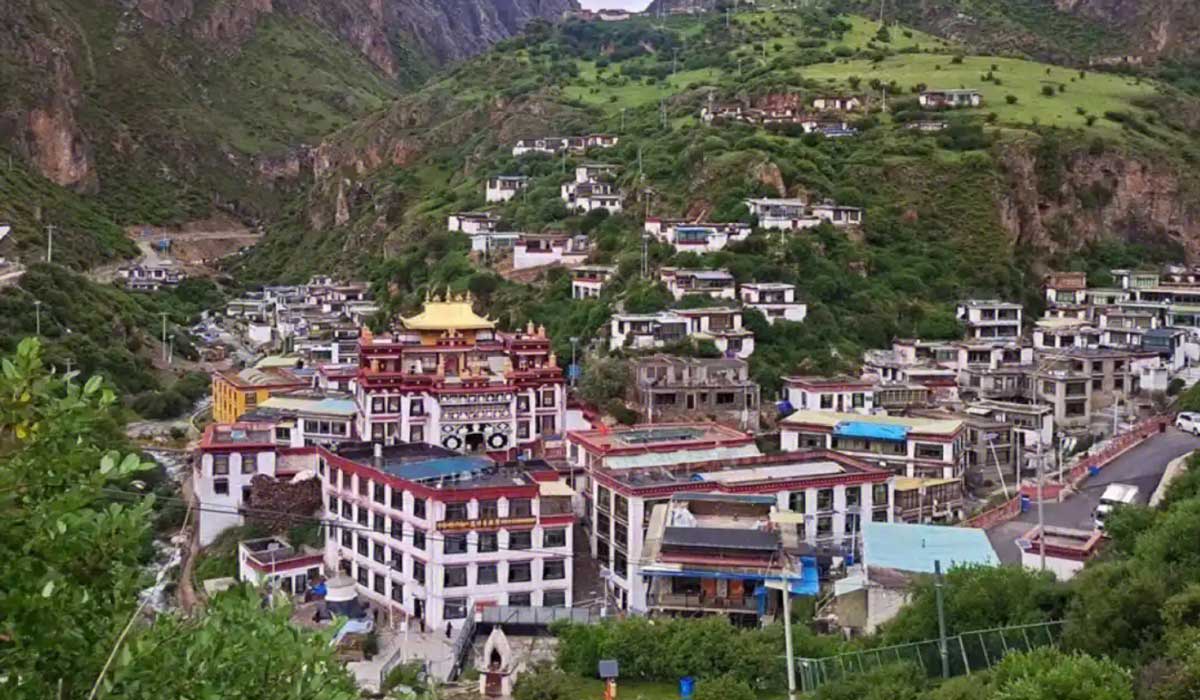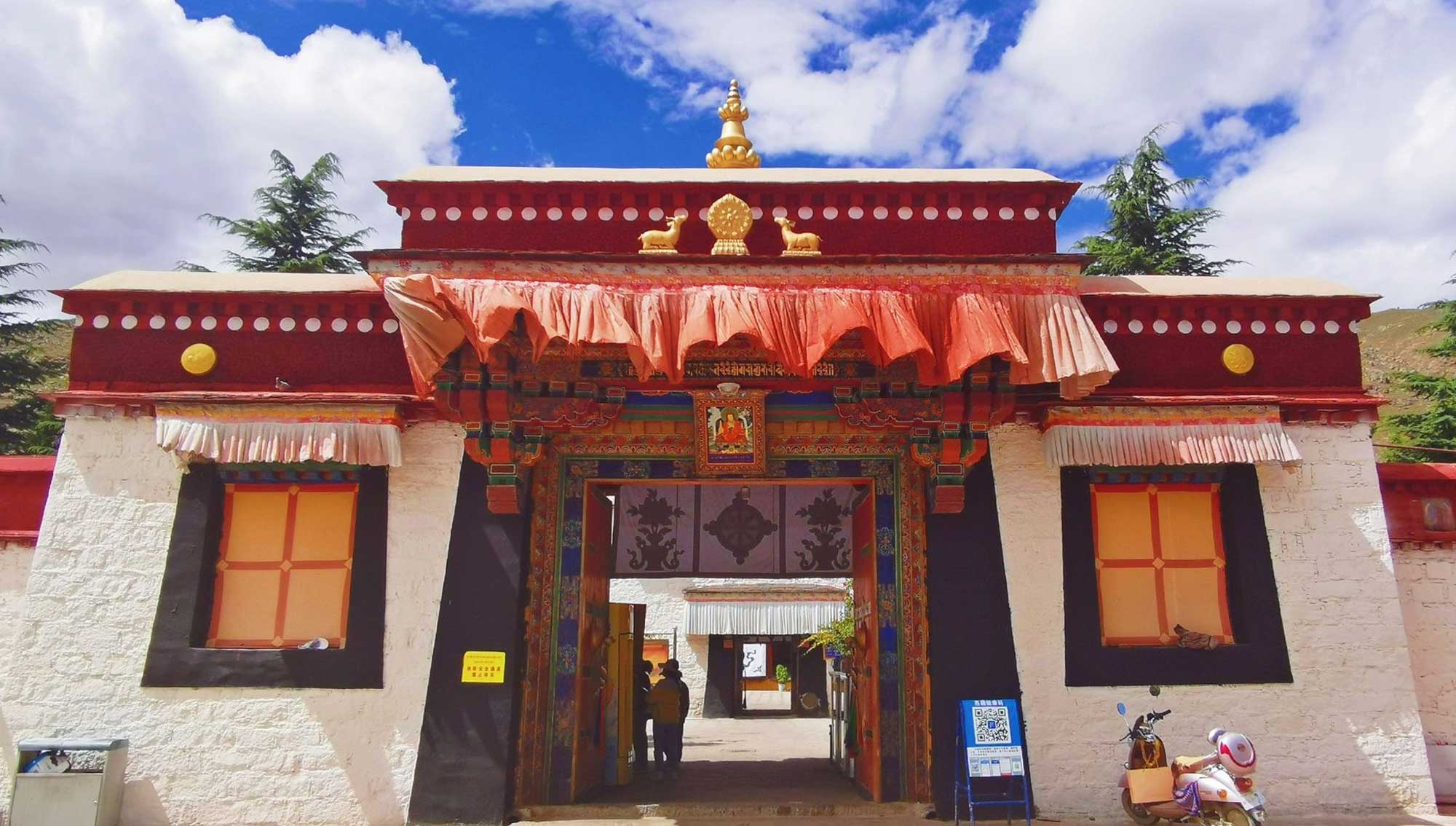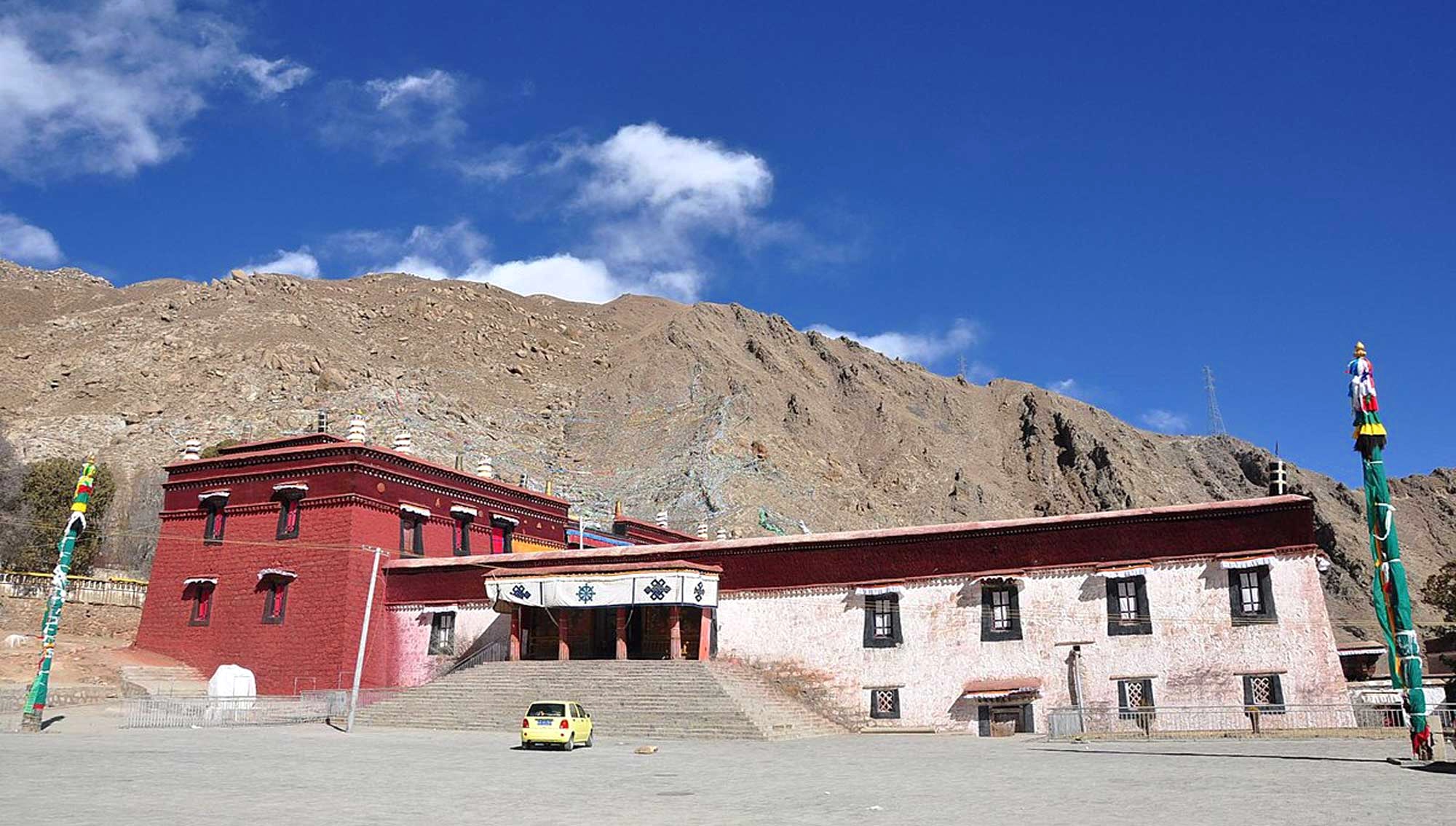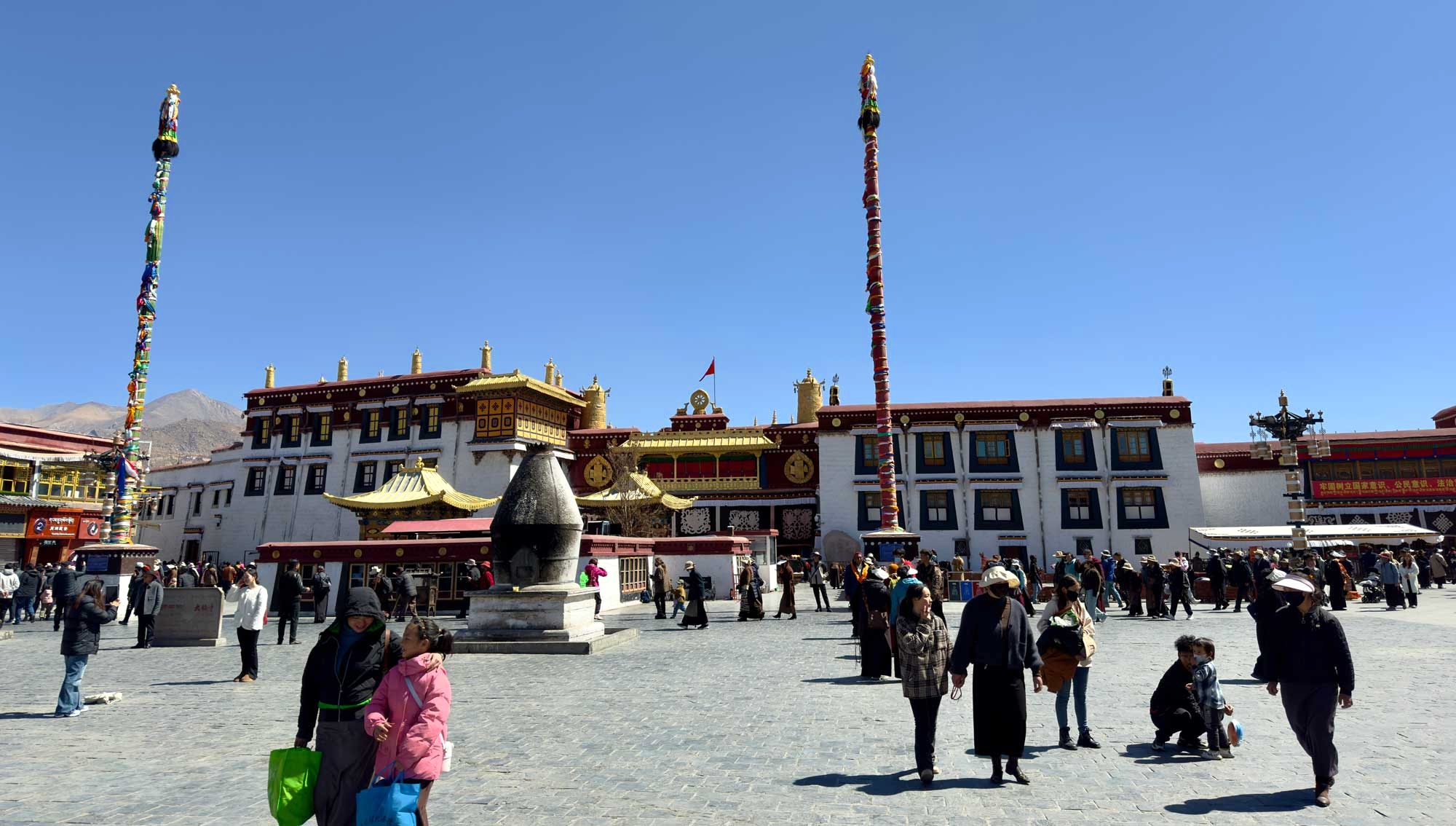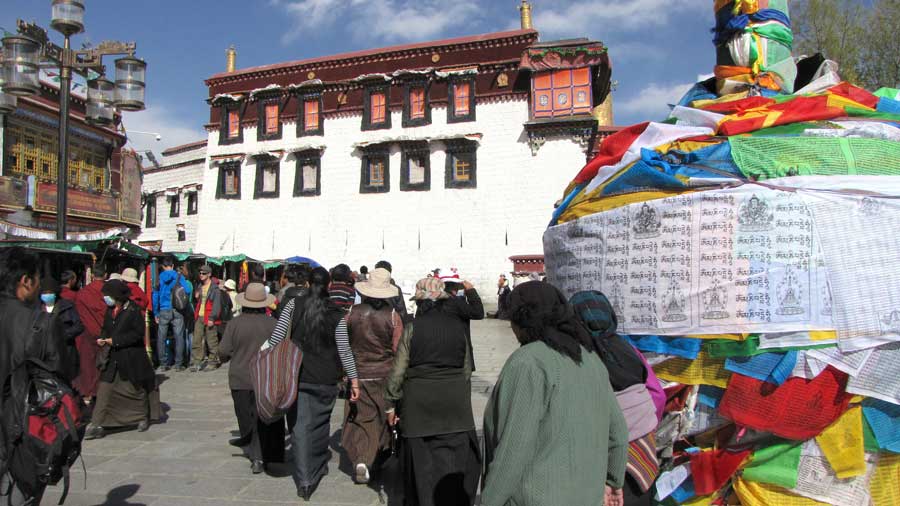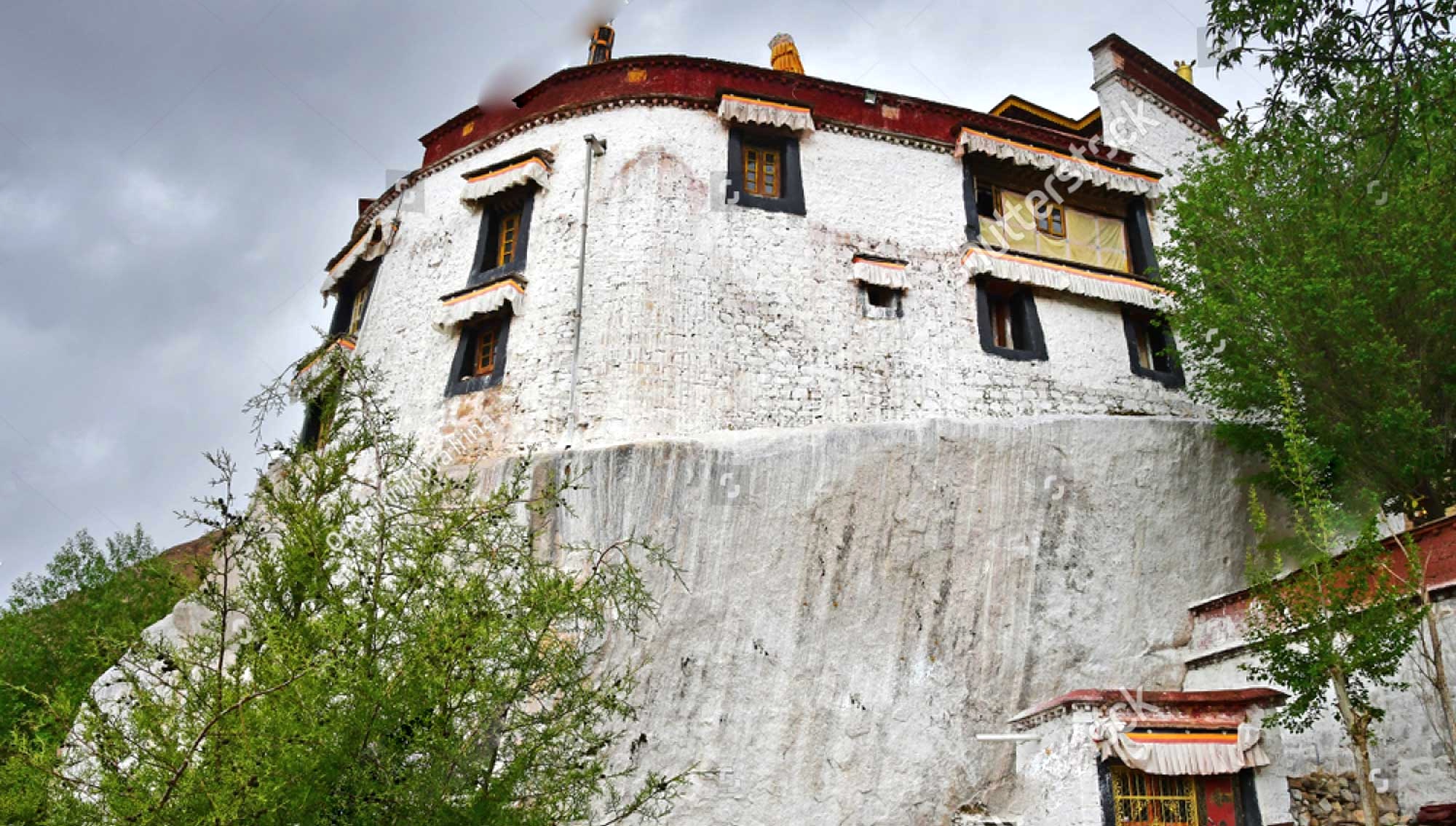
Pabonka Monastery Travel Guide and Tips
Pabonka Monastery, one of Tibet’s most ancient and historically significant monasteries, is a must-visit destination for travelers seeking an authentic spiritual and cultural experience. Located about 8 kilometers northwest of Lhasa, Pabonka Monastery is perched on a hillside with breathtaking views of the Lhasa Valley. Unlike the more famous Jokhang Temple or Potala Palace, Pabonka offers a serene and uncrowded atmosphere, making it an excellent retreat for those who want to connect with Tibetan Buddhism in a peaceful setting.
This Pabonka Monastery travel guide and tips will provide essential details, including the monastery’s history, top attractions, travel logistics, and practical advice to ensure an unforgettable journey.
Why Visit Pabonka Monastery?
1. Historical and Spiritual Significance
Pabonka Monastery, founded in the 7th century during the reign of King Songtsen Gampo, is one of the oldest Buddhist sites in Tibet. It is believed to be the birthplace of Tibetan script and writing, which makes it a culturally significant landmark. The monastery is associated with Guru Rinpoche (Padmasambhava) and Tibet’s earliest Buddhist teachings, offering visitors a glimpse into the roots of Tibetan Buddhism.
2. Stunning Panoramic Views
Perched on a rocky hillside, Pabonka Monastery provides a breathtaking view of the Lhasa Valley, the Potala Palace, and the surrounding mountains. The scenic setting makes it an excellent destination for photography, meditation, or simply soaking in the tranquil ambiance.
3. A Peaceful Alternative to Lhasa’s Main Attractions
While the Potala Palace and Jokhang Temple are popular among tourists, they can be quite crowded. Pabonka Monastery, on the other hand, remains quiet and less commercialized, offering a more intimate experience for those looking to explore Tibet’s spiritual side.
4. Beautiful Ancient Murals and Architecture
The monastery’s architecture is a unique blend of ancient Tibetan stonework and Buddhist artistic elements. Inside, visitors can admire ancient murals, sacred relics, and statues of important Buddhist deities, making it an enriching cultural experience.
5. Scenic Hiking Opportunities
Pabonka Monastery is also a great starting point for hiking enthusiasts. A popular trek leads to Tashi Choling Hermitage and Sera Monastery, allowing travelers to experience nature, meditation caves, and other lesser-known religious sites along the way.
Best Time to Visit Pabonka Monastery
The best time to visit Pabonka Monastery is from April to October, when the weather is mild and the trails are accessible.
Seasonal Breakdown:
Spring (April-May): Pleasant weather and blooming flowers enhance the beauty of the monastery.
Summer (June-August): The landscape is lush and green, though occasional rain showers may occur.
Autumn (September-October): Clear skies and golden hues make this the ideal season for hiking and photography.
Winter (November-March): Cold temperatures and occasional snow create a picturesque yet challenging environment for travel.
How to Get to Pabonka Monastery
1. From Lhasa
Pabonka Monastery is located 8 kilometers northwest of Lhasa, making it an easy day trip.
2. Transportation Options:
Private Car or Taxi: The most convenient way to reach the monastery is by hiring a taxi or private car from Lhasa, which takes about 20-30 minutes.
Trekking Option: For adventure seekers, a scenic hike from Sera Monastery or Lhasa city takes about 2-3 hours and offers stunning views along the way.
3. Permits and Entry Requirements
Foreign travelers must have a Tibet Travel Permit, which can only be arranged through a licensed travel agency. No additional special permits are required for Pabonka Monastery.
Top Attractions at Pabonka Monastery
1. Ancient Buddhist Shrines
Pabonka Monastery houses ancient Buddha statues, sacred relics, and beautifully painted murals, some of which date back over 1,000 years. These artifacts reflect the early Buddhist influences in Tibet.
2. The Rock-Carved Tibetan Script
One of the most fascinating features of Pabonka Monastery is a rock with Tibetan script carvings, which is believed to be among the earliest examples of written Tibetan language. This historical relic makes the monastery a culturally significant landmark.
3. Meditation Caves
Several meditation caves in the surrounding hills have been used by Tibetan monks and hermits for centuries. Visitors can explore these caves and gain insight into the deep spiritual practices of Tibetan Buddhism.
4. Pilgrimage Kora Route
A traditional pilgrimage kora (circumambulation path) around the monastery allows visitors to experience the spiritual rituals of Tibetan pilgrims. Walking along the kora, spinning prayer wheels, and admiring the surrounding landscape add to the authenticity of the visit.
5. Tashi Choling Hermitage and Nearby Sites
For those interested in further exploration, a short trek from Pabonka leads to Tashi Choling Hermitage, a small but spiritually significant retreat. Visitors can also extend their hike to Sera Monastery, one of Tibet’s most famous monastic institutions.
Essential Pabonka Monastery Travel Guide and Tips
1. Acclimatization and Altitude Sickness
Pabonka Monastery sits at an altitude of about 3,900 meters (12,800 feet), which can cause altitude sickness. To minimize discomfort:
Spend at least 2-3 days in Lhasa before visiting.
Drink plenty of water and avoid alcohol.
Walk at a slow pace and take breaks as needed.
Carry altitude sickness medication if necessary.
2. Packing Essentials
Warm Clothing: Even in summer, temperatures can drop quickly.
Sunscreen & Sunglasses: The high-altitude sun can be intense.
Comfortable Shoes: Essential for walking the kora route and hiking nearby trails.
Cash: Limited ATMs or credit card facilities in the area.
Snacks & Water: Bring refreshments as there are limited options near the monastery.
3. Respect Local Customs
Walk clockwise around religious sites and prayer wheels.
Photography: Ask for permission before taking photos inside temples.
Dress modestly and remove hats before entering sacred areas.
Avoid touching religious artifacts and respect the nuns and monks.
4. Road Conditions and Safety
The road to Pabonka Monastery is in decent condition, but hiking trails can be steep and rocky. Wearing proper footwear and hiring a local guide for trekking routes is recommended.
Conclusion
Pabonka Monastery is a hidden gem in Tibet, offering a blend of historical depth, breathtaking landscapes, and spiritual tranquility. Whether you are drawn to Buddhist history, scenic hiking, or peaceful meditation, this monastery provides a unique and enriching experience.
By following this Pabonka Monastery travel guide and tips, you can ensure a smooth and meaningful journey to one of Tibet’s oldest and most sacred sites. Embrace the serenity, explore the rich heritage, and let the spiritual essence of Pabonka Monastery captivate your soul.
Attractions Nearby
Namtso Lake, a sacred Tibetan site, offers breathtaking views, crystal-clear waters, and serene high-altitude beauty…
Ganden Monastery, perched on a mountain, offers stunning views, rich history, and deep Tibetan Buddhist significance.
Drak Yerpa, a sacred Tibetan retreat, features ancient caves, stunning landscapes, and spiritual tranquility for pilgrims…
Norbulingka, the Dalai Lama’s summer palace, boasts beautiful gardens, rich Tibetan culture, and historical significance.
Ramoche Temple, a sacred Lhasa site, features intricate Tibetan architecture and revered Buddhist relics and statues…
Tsurphu Monastery, a spiritual center, offers stunning landscapes, ancient Tibetan architecture, and deep religious significance…
Drigung Til Monastery, renowned for its scenic beauty, offers profound spiritual significance and stunning Tibetan architecture…
Reting Monastery, a historic Tibetan site, features rich religious heritage, peaceful surroundings, and stunning mountain views…
Tidrum Nunnery, a peaceful retreat, offers spiritual solitude, beautiful landscapes, and a deep connection to Tibetan Buddhism…
Shugsheb Nunnery, a serene Tibetan retreat, blends spiritual tranquility, stunning views, and deep Buddhist cultural heritage…
Pabonka Monastery, one of Tibet’s oldest, offers profound spiritual significance, stunning views, and rich historical heritage.
Nyethang Drolma Temple, a sacred Tibetan site, offers spiritual serenity, beautiful architecture, and deep Buddhist significance…
Nechung Monastery, a sacred Tibetan site, is known for its oracle traditions, stunning views, and spiritual significance…
Potala Palace, Lhasa’s iconic landmark, showcases stunning architecture, rich history, and profound spiritual significance…
Jokhang Temple, Lhasa’s spiritual heart, is a sacred pilgrimage site with rich Tibetan Buddhist heritage…
Sera Monastery, Lhasa’s renowned Buddhist center, offers captivating debates, ancient teachings, and stunning Tibetan architecture…
Drepung Monastery, one of Tibet’s largest, offers rich history, stunning architecture, and deep spiritual significance…
Stroll Barkhor Street, Lhasa’s vibrant hub of culture, spirituality, bustling markets, traditional crafts, and sacred ambiance.
Offers to inspire you
5 Day-Trip to Lhasa City
Making it an unmissable destination for travelers seeking to trip to Lhasa city and explore the essence of Tibet.
7 Day-Lhasa & Shigatse Cultural Exploration
Travel through Tibet’s breathtaking landscapes.

